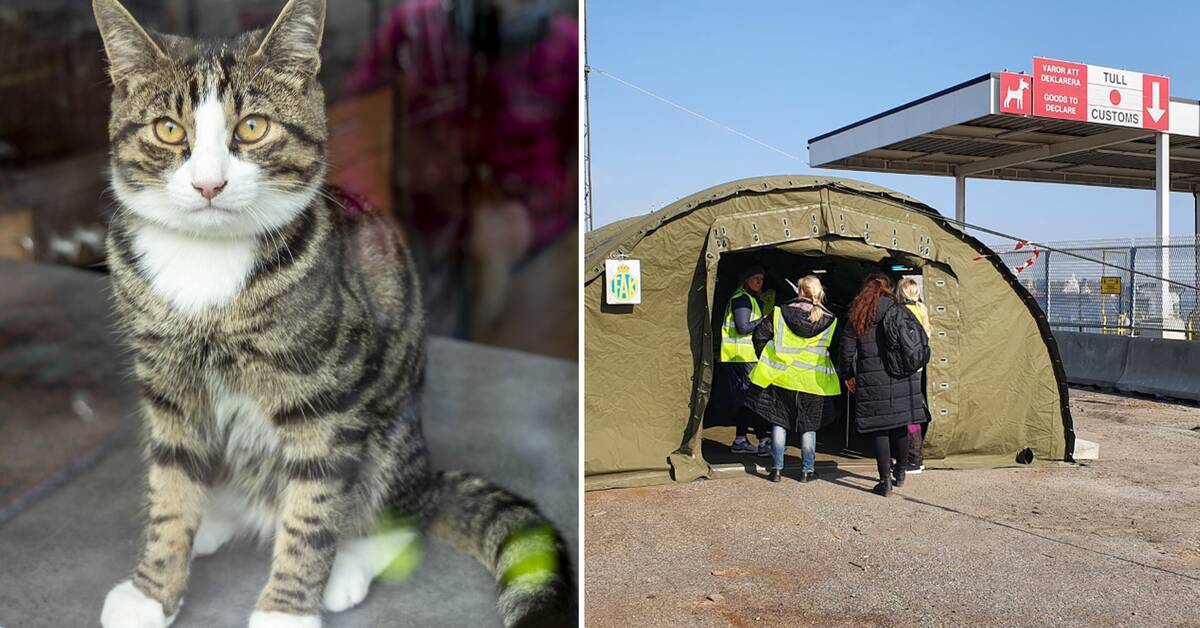No one knows for sure how many animals have come to Sweden with the people who seek protection here.
According to a rough estimate from the Swedish Customs' press service, about ten percent of those who flee have a pet.
These are usually dogs and cats.
- These people have had to leave everything they have and maybe just brought a small bag with things, and then they take the family with them.
Their pet is a family member, says Lena Hellqvist Björnerot, Sweden's chief veterinarian at the Swedish Board of Agriculture.
Every dog or cat is at low risk
Sweden has been rabies-free since 1886 and is usually very strict about which animals are allowed into the country.
According to Hellqvist Björnerot, this is the first time an exception to this extent has been made.
Is there any risk with that?
- Yes, there is a risk, but we really try to reduce it as much as possible.
Of course, not all dogs and cats have rabies.
The animals that come to Sweden with their family have a low risk of having rabies, but it is higher than it is in Sweden.
In Nynäshamn harbor there is a tent with veterinarians from the Swedish Board of Agriculture who look over the animals that come.
Such a tent is planned to be set up in Karlskrona.
There, information is given to the animals' owners and the animals are reviewed.
Keep isolated
So far, about 20 animals have been placed in isolation at a facility in Örkelljunga that the Swedish Board of Agriculture has arranged.
There, the animals will be kept isolated for up to four months.
It's how long it can take before the rabies infection is detected.
- It is clear that the owners will be very sad, but we do this to help so that they do not have to remove the animal, says Lena Hellqvist Björnerot.

